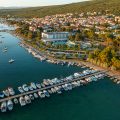The ancient and royal town of Nin in Dalmatia is – besides a common summer holiday spot and cultural site – a natural destination too. Today, aside from beautiful sandy beaches, historic churches and Gregory of Nin, birds in the muddy sea lagoon and the Nin Saltworks are a trademark of this magical place.
General info
Table of Contents
Nin is a small town in the northern Dalmatia, some ten kilometers from the Zadar. Its surrounding of Nin is a flat, mixed sandy and rocky terrain, at the end of the fertile plain called Ravni kotari. Nin’s historical center is located on an islet only 500 meters in diameter. Nin is situated in a lagoon on the eastern shore of the Adriatic Sea, surrounded by natural sandy beaches and linked with the mainland by two stone bridges from the 16th century. Today, Nin is a historical and tourist town which looks for its development in the valorization of its historical heritage. In recent years, many monuments have been restored. Because of the importance of Nin in the history of Croatia, tourists visit from Croatia and elsewhere in Europe. Because of the sandy beaches, it is a favorite for families with small children.
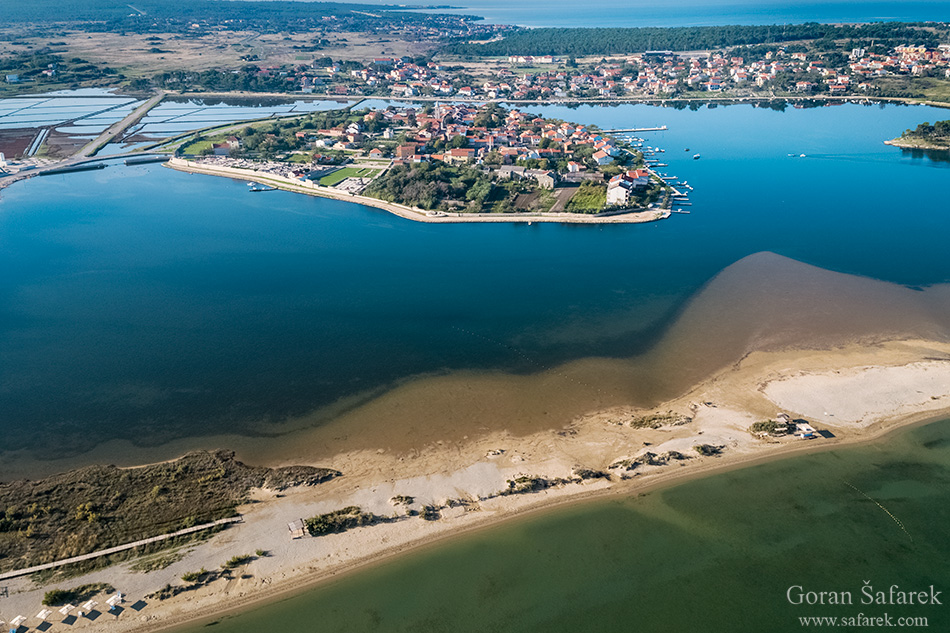
Read more
The old Croatian townlet of Nin has always attracted those interested in history, whose course began three thousand years ago with the Illyrian tribe of the Liburnians. The statue of Gregory of Nin, the Church of St. Nicholas and the Church of the Holy Cross are only a part of Nin’s exceptionally rich cultural heritage. Also, its serene sandy beaches allure swimmers, while its medicinal mud entices all those looking for a spa treatment. But, besides its historic heritage, Nin’s natural environment has increasingly been coming to the fore. The salt muddy areas are an extraordinary natural value and have become a significant part of Nin’s identity. It comes as no surprise that this charming town became a European Destination of Excellence – EDEN in the category of Tourism Along Water Regions, with which it entered the family of about one hundred special and selected places in Europe.
History and cultural heritage
Nin has a three-thousand-year-old history, which is not only recorded in history books but the visitor literally walks on it or learns about it from the rich museum collections. It was founded by the Illyrian tribe of Liburnians in the 9th century BC and known by the name Aenona.
During the Roman rule, Nin was an important municipality and seaport. The remains of houses and the mosaics bear witness to a pleasant and wealthy lifestyle considering the circumstances. For trade purposes, a large port was built located in the present day area of Zaton Holiday Resort.
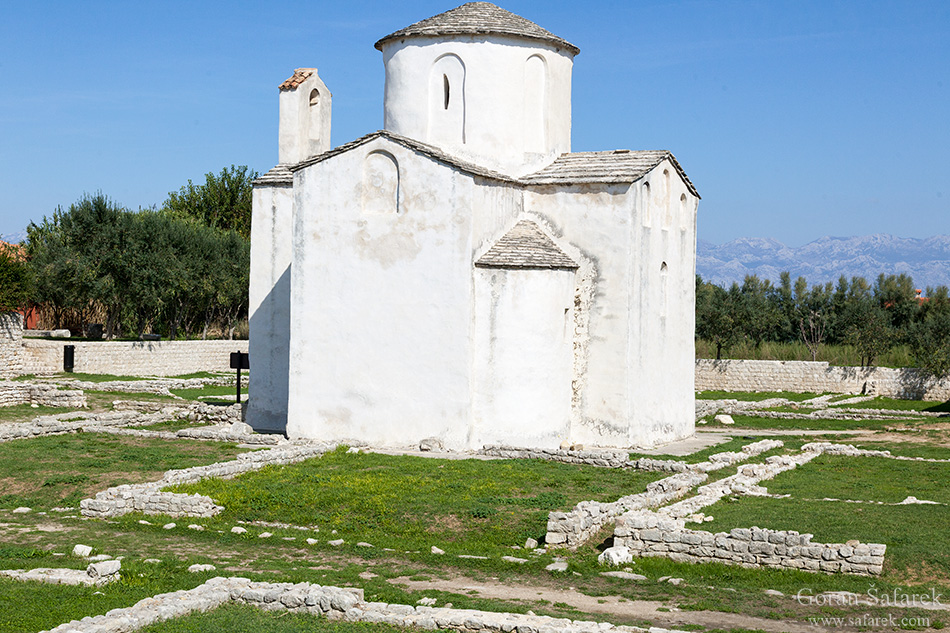
In its long history, Nin was destroyed several times, but it rose again, only to be completely destroyed in 1646 when Venice sacrificed it in order to save the fort of Zadar from Turkish invasion. That end, as many times earlier was also it’s the new beginning. Nin was the place where the Croatian state was born. Nin is also the oldest Croatian royal town, a permanent or occasional seat of national rulers: dukes Višelav, Trpimir, and Branimir, Kings Tomislav, Petar Krešimir IV. and Zvonimir, dukes Šubić from Bribir etc… Nin was a diocese from 9th -19th century. Nin’s bishops were famous for the Croatian Church, among them the most prominent was Grgur Ninski, a fighter for the preservation of the Croatian folk script, glagolitic.
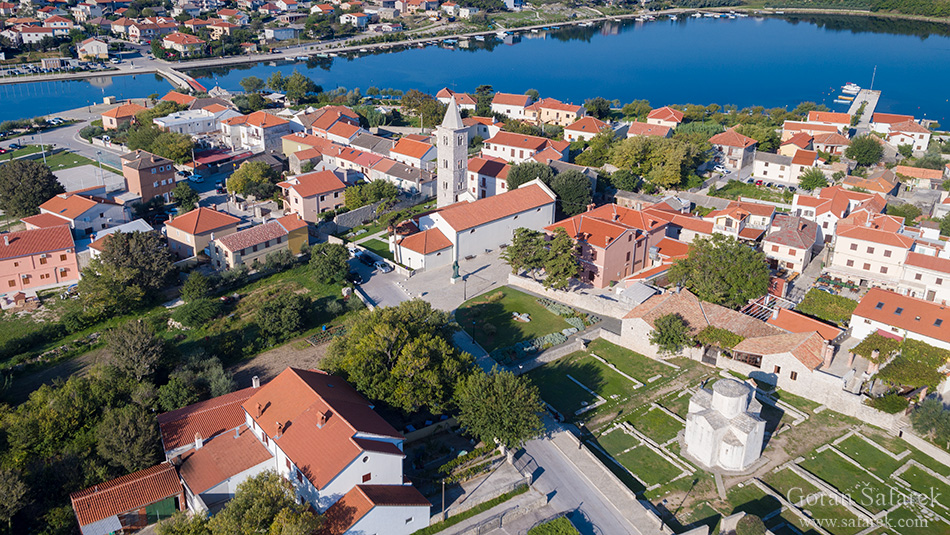
Today, Nin is a modern town with many ancient buildings or remains that will intrigue many. Visit the St. Cross church (the smallest cathedral in the world), St. Jakov church, St. Anselmo cathedral, the remains of the largest Roman temple on the east coast of the Adriatic sea, duke Branimir monument, the town Lower gates and the stone bridge, Kraljevac square with the fountain, coronation church of St. Nikola (monument heritage which testifies about the great power of the Croatian sea rulers; 7 Croatian kings have been crowned here), the statue of Gregory of Nin (the most significant bishop of old Nin, today it’s bronze statue is located in the town of Nin, near the St. Anselmo church) as well as numerous other historical sites.
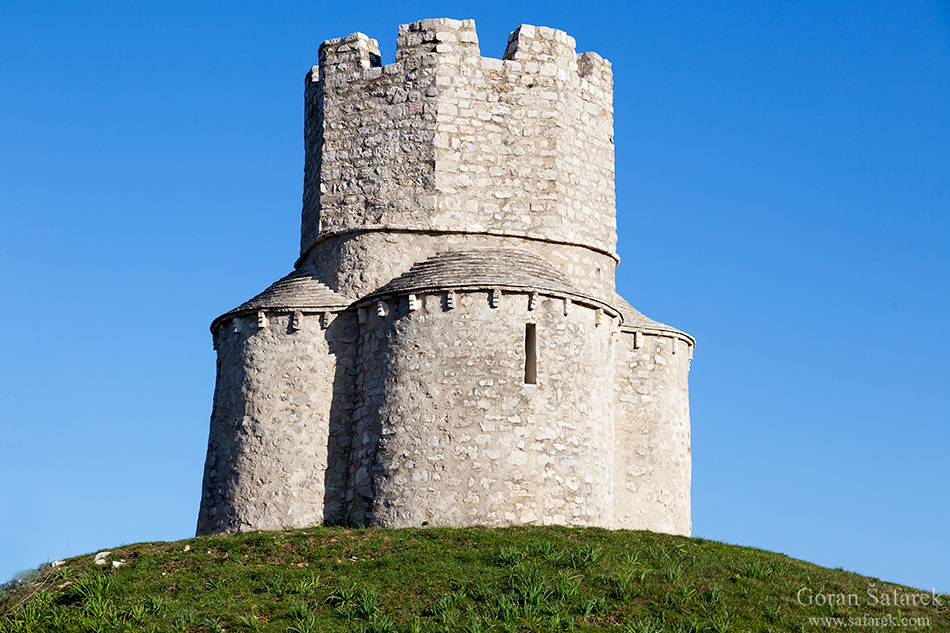
Beaches
Nin’s beaches are one of its trademarks and an impressive scene remembered by all those who have been here, at least once. It is not surprising that many rate them as among the most beautiful in Croatia, if not in the world.

Nin’s beaches total a staggering 8,000 meters in length. The first one and closer to the town is Ždrijac, a shoal that looks like a pharynx, which is some 800 meters long. The longest and most famous among them is a three-kilometer long beach to which a legend is connected. Tradition has it that the wife of the first Croatian king, Tomislav, was especially attracted by its beauty, and the Royal Family, whenever they officially came to Nin would visit this beach to enjoy a few rare and relaxing moments there. Hence the name Queen’s Beach because of its extremely long shallow beach and beauty, families with small children even today take delight. What is interesting is that you should pass over a ten meter long shallow stretch of water in order to reach it. In its vicinity, there is the largest known location of medicinal mud in Croatia. According to the choice of the American Travel Channel, the Queen’s Beach is at the top of the most beautiful beaches in the world.
The other Nin beaches such as Prodorica, Bilotnjak as well as Zaton Holiday Resort are also attractive.
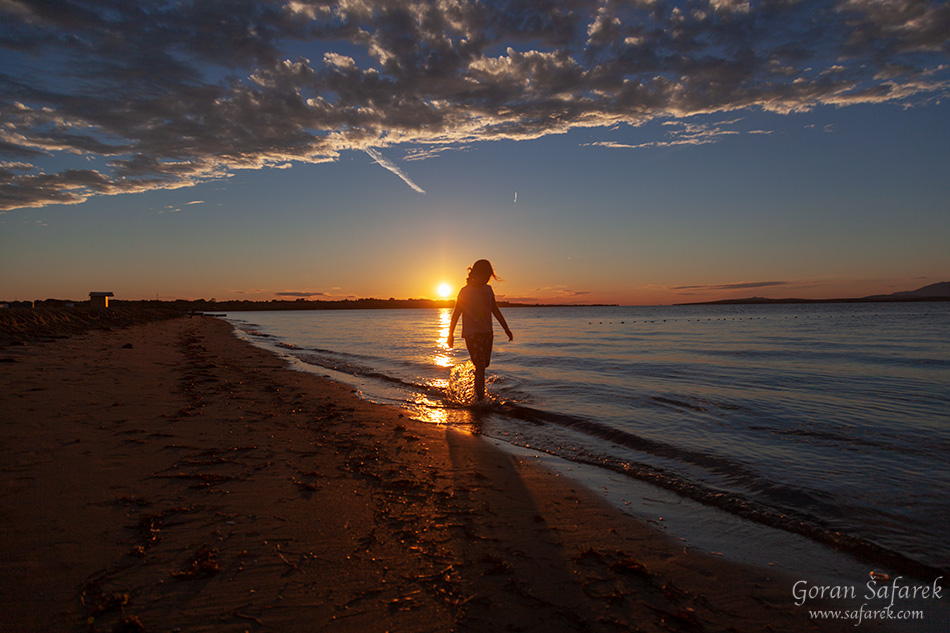
The medicinal mud
Some of Nin’s sandy beaches are also rich in medicinal black mud, which has been used for medical purposes since the Roman times. Its effectiveness has been tested by thousands of people, who organized and supervised by a Zadar Health Institution, have used the mud to treat various ailments such as rheumatic diseases, spinal deformities, muscular and the skeletal system problems, female infertility and various skin diseases for decades. The therapy, which usually lasts from ten to twenty days, involves covering the body with the mud, then sunbathing on the sandy beach, then rinsing off the mud with warm sea water. This is done in the morning during July and August. It is useful and pleasant at the same time. Additional swimming and bathing in the warm shallow sea water really works.

Mecca for kite surfers
Strong winds have been attracting kite surfing enthusiasts as well. Shallow sandy lagoons around the small Ždrijac beach is the most popular location for surfing around Nin. It’s a sandy paradise and most probably one of the best spots for learning kiteboarding in Croatia. This makes an ideal place for fun, safe and simple learning progress of kitesurfing. Wind is the main factor here. The most common wind in the summertime is maestral, (from NW direction), light to moderate wind. Sometimes, bora can take over, much stronger wind from the direction of the Velebit mountain. It blows in powerful gusts. There is a kitesurfing center on the Ždrijac beach and everybody can give a try.
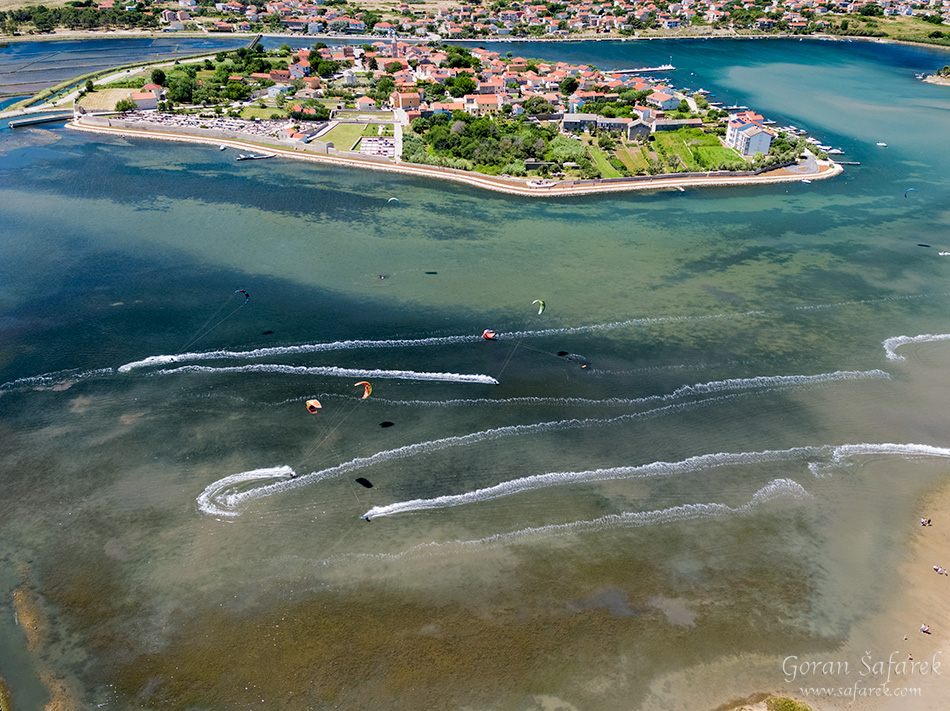
Nin’s Lagoon, a paradise for birds
Within the NATURA 2000 ecological network, biologists have identified valuable habitats, from low muddy and sandy shores, rocky shores to rocky grasslands. The Ričina River or Miljašić Jaruga also contributes to the diversity of habitats. It is a freshwater source and the habitat of not only freshwater organisms, but also many other species, such as dragon- and damselflies, and birds flying here to drink. There are meadows too, but the most important habitats are sand and mud. The sea surrounding Nin is warm and shallow and forms a lagoon.
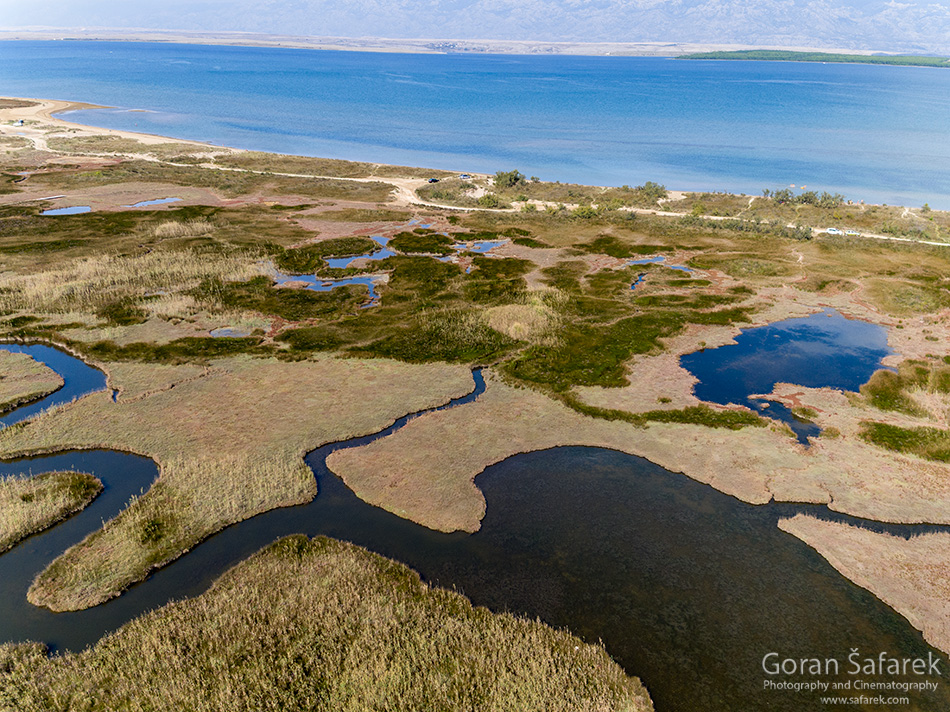
Nin’s mild Mediterranean climate and the salt marsh which doesn’t freeze over are ideal for the wintering of birds. While the rest of Europe is trapped in ice and snow, and enshrouded in a depressing fog often for weeks on end, Nin is sunny even in winter. In total, 200 bird species have been spotted in Nin’s Lagoon. Numerous ducks, coots, herons and egrets, and a large flock of waders spend their winters here, in peace and with plenty of food provided by the lagoon. In recent years, a flock of flamingos has also chosen Nin’s Lagoon as their residence.
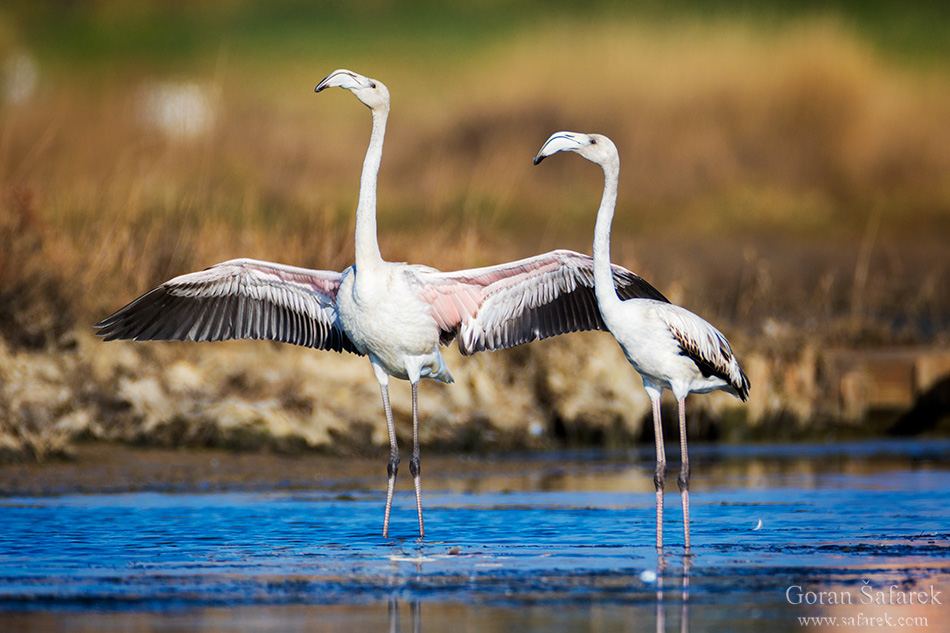
Salt pans
Nin Saltworks, the oldest economic activity in Nin, is of particular importance. In spite of there being modern salt processing machines, salt is here still produced the way it was during the Roman era, which is proudly testified to by the remains of a Roman gate, a stone partition for the letting in of sea water. Although modified, Nin Saltworks has retained most of its natural features and is now a substitute habitat. This is evidenced by the carpet of common glasswort in shallow water, but also by the many species of birds. The black-winged stilt is certainly the most important species for Nin, with the Nin Saltworks as its most important nesting area in Croatia.
 Even from afar, the first thing you’ll spot is its lovely black-winged white body with long pink legs. Just like all waders, stilts too need long legs for wading in mud or sludge. The black-winged stilt likes freshwater, brackish and seawater. Its habitat can be the shallow waters of wetlands, lagoons, river mouths, sandy, and muddy shores, but also ponds, saltworks, and sediments, whose depth does not, as a rule, exceed some twenty centimeters. Its long black beak also serves a purpose – it helps to extract food from mud and sludge. In a fast pace, the black-winged stilt pecks small non-invertebrates, such as insects and their larvae, shrimps, shells, snails, tadpoles, small fish, and a seed or two…
Even from afar, the first thing you’ll spot is its lovely black-winged white body with long pink legs. Just like all waders, stilts too need long legs for wading in mud or sludge. The black-winged stilt likes freshwater, brackish and seawater. Its habitat can be the shallow waters of wetlands, lagoons, river mouths, sandy, and muddy shores, but also ponds, saltworks, and sediments, whose depth does not, as a rule, exceed some twenty centimeters. Its long black beak also serves a purpose – it helps to extract food from mud and sludge. In a fast pace, the black-winged stilt pecks small non-invertebrates, such as insects and their larvae, shrimps, shells, snails, tadpoles, small fish, and a seed or two…
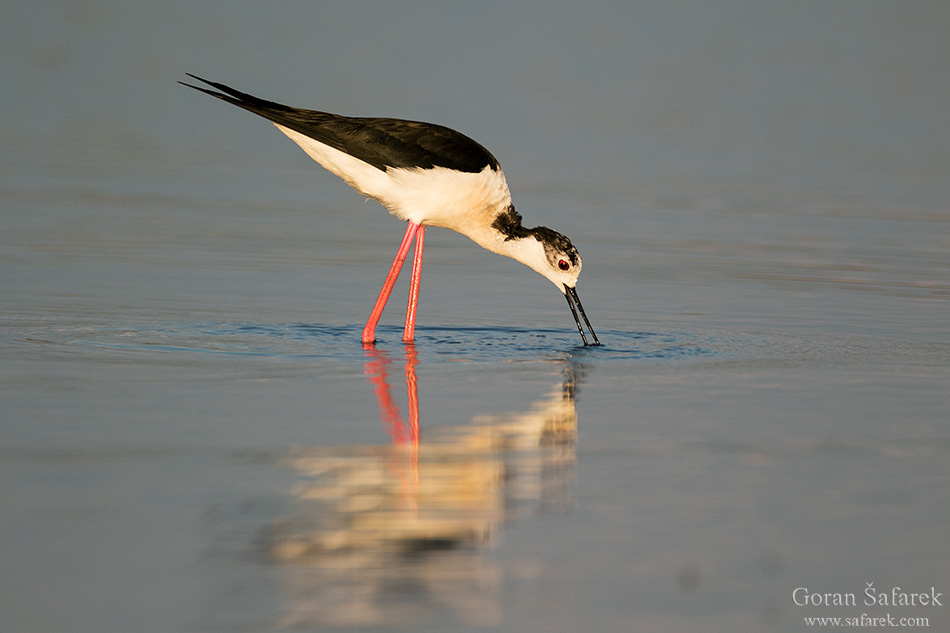
Sustainable development
The town of Nin promotes the idea of sustainable development and ecotourism strongly, first and foremost thanks to the efforts of the local tourist board headed by its tireless director, Marija Dejanović. Her vision is to transform Nin’s Lagoon into an eco-park, and to help develop the local community that manages, takes care of and preserves this unique natural heritage of both Croatia and Europe. The project’s focus is on the lagoon, as well as on the creation of sustainability and diversity in Nin’s tourist offer whose human imprint on the environment should be as insignificant as possible, with the environment and nature coming first. Further development is based on recognizable cultural and natural heritage, and the preservation of the environment – these natural habitats exist thanks to tourism being developed sustainably and the hosts being aware of the importance of nature.

Where to stay?
Private accommodation is the only way of staying. Most of the apartments are book months in advance, so don’t wait for the last moment.
What to do in Nin?
Old town
Don’t miss to visit two symbols of the old town: the church of Holy Cross from the 9th century, called “the smallest cathedral in the world”, and the coronation church Church of St. Nicholas. The former is in the town center, the latter is located in the field of Prehulje, on the road to Zadar, between Zaton and Nin. The town is an open museum so walk on the streets will bring you to other archaeological sites, like Roman ruins.
Beaches
There are two main beaches. Ždrijac is just near the town center, good location for kite surfing too. There is a big parking, but it is also a walking distance from most of the town. The parking is paid. Kraljičina plaža is a bit closer, but the part closest to the town is also easily reached by foot. This beach is long so there are two parking too. Very few trees grow on the sand so come early to claim them or take the sun umbrella.
Cycling and hiking
Nin is very small, so the bicycle is a favorite mean of transportation. You avoid paying the parking, crowds; you don’t pollute and make noise.
Birdwatching
Birdwatching for solo travelers is easy. There is an open wooden platform between salt pans and the town, just on the road to Ždrijac. Wooden paths and footbridges are also a good way to roam in nature with your binoculars and enjoy nature. Needless to say, start early in the morning, to avoid the people.
Salt pans
Salt pans can be visited daily. On the entrance, there is a souvenir shop and new interpretation center where you can learn many things about the production of the salt, also about nature. The company that runs the saltpans offer guided tours.
Excursions
The nearby town of Sabunike offers more isolated beaches, behind the sandstone wall. There is also a bee-eater colony. Tourist settlement Zaton Holiday Resort has a blue flag as an internationally recognized sign for quality and facilities. The beach is surrounded by children’s theme parks, swimming pools and water slides with many restaurants and cafes.
Gallery
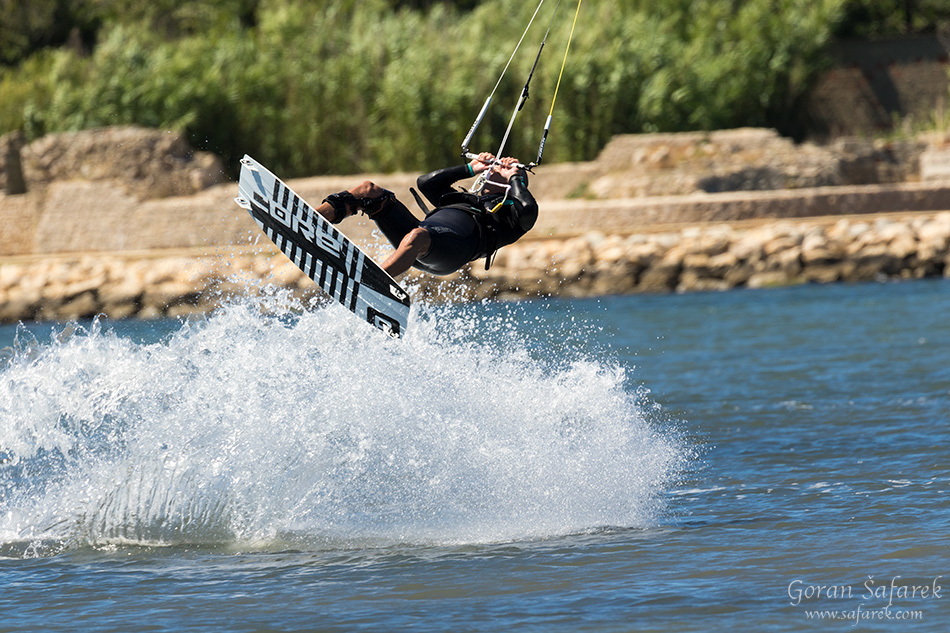
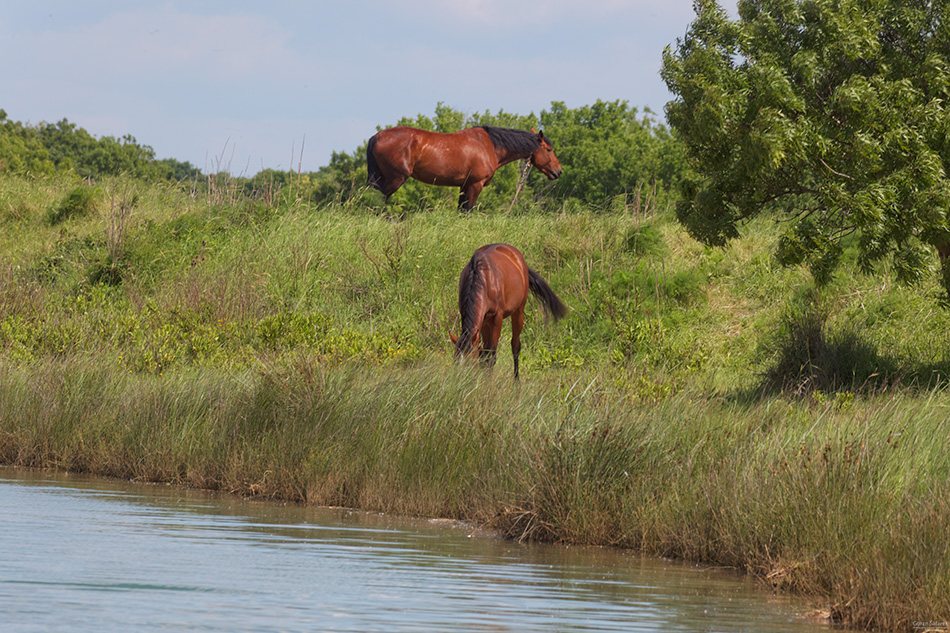
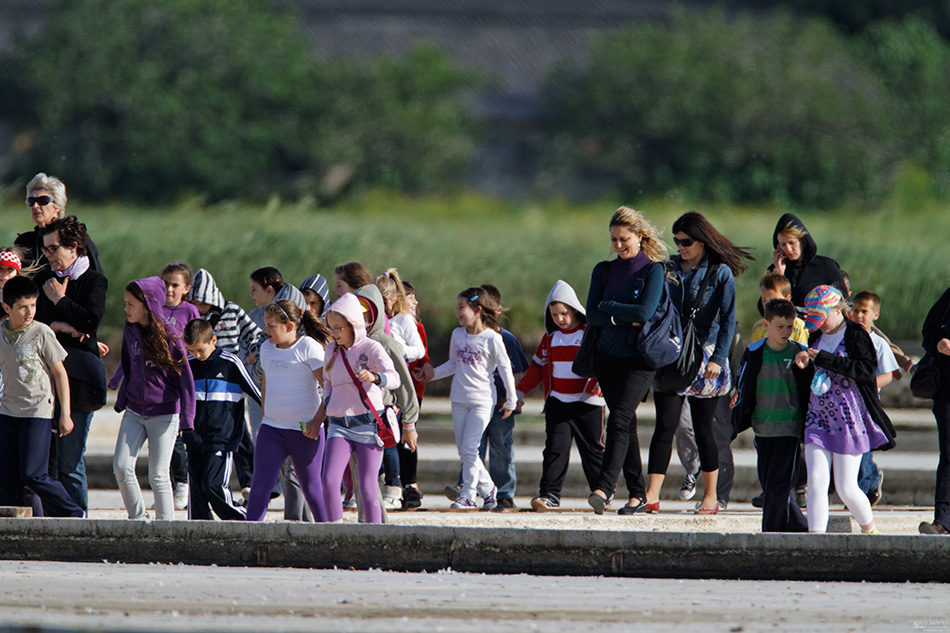
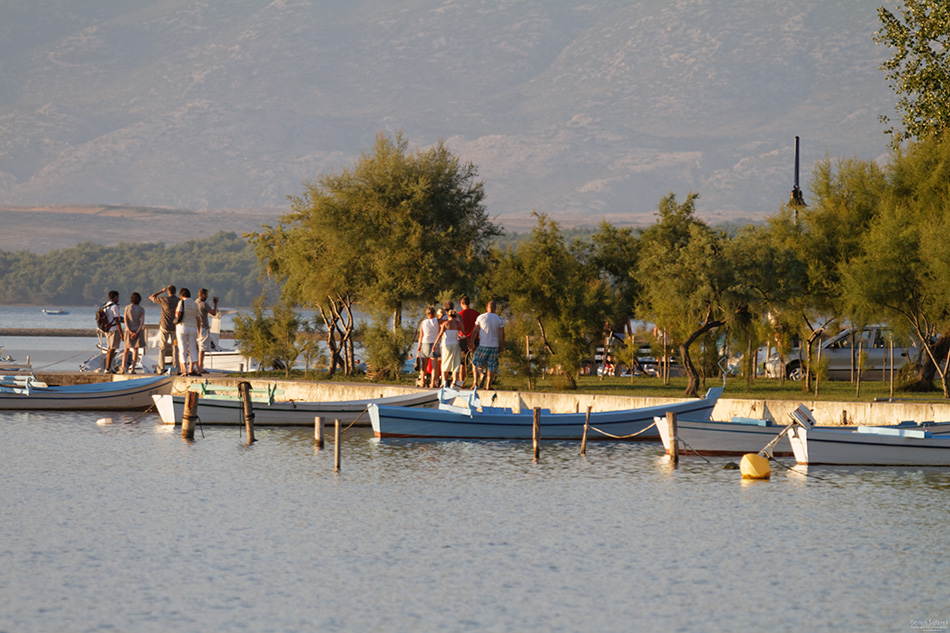

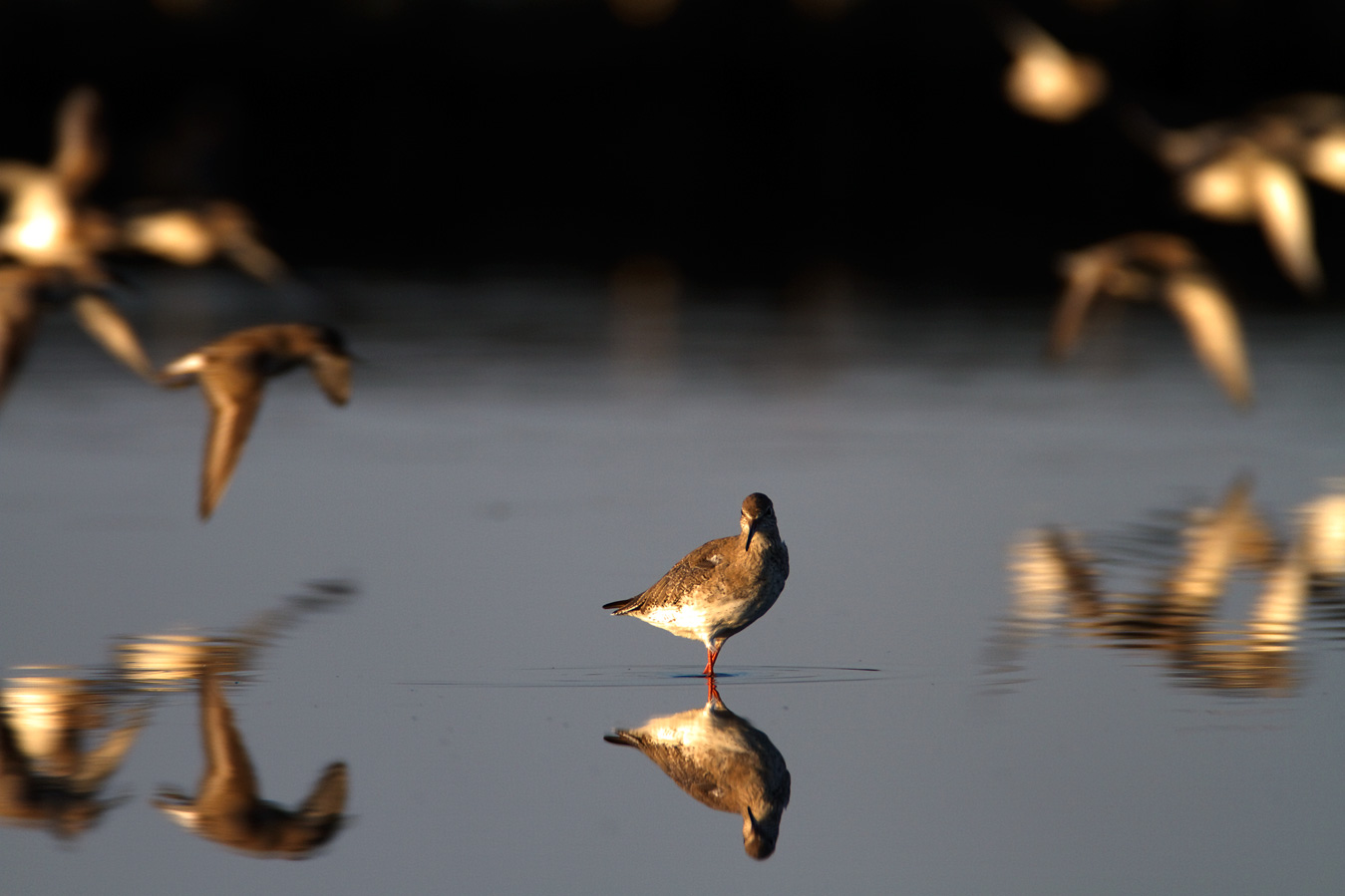
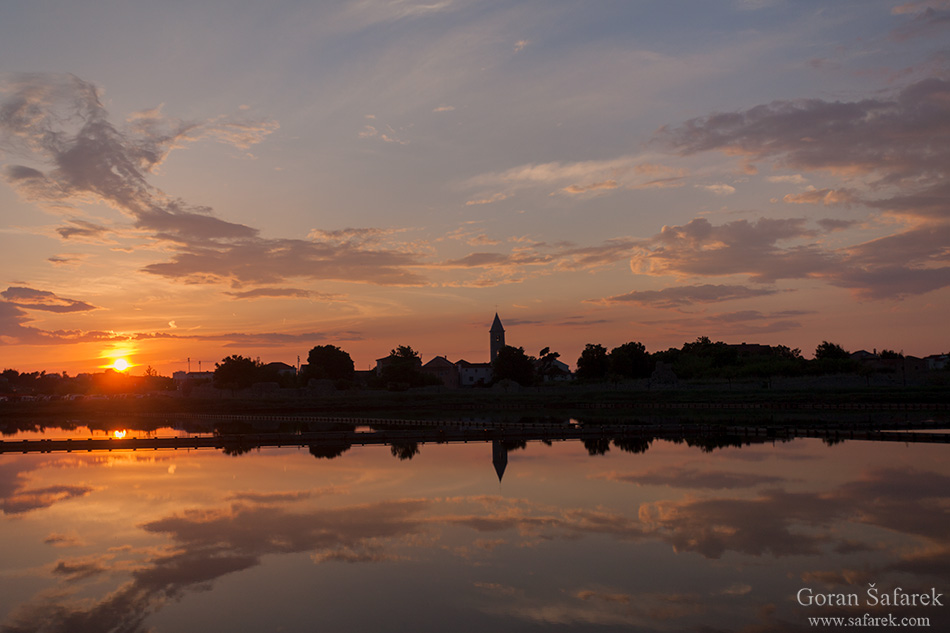
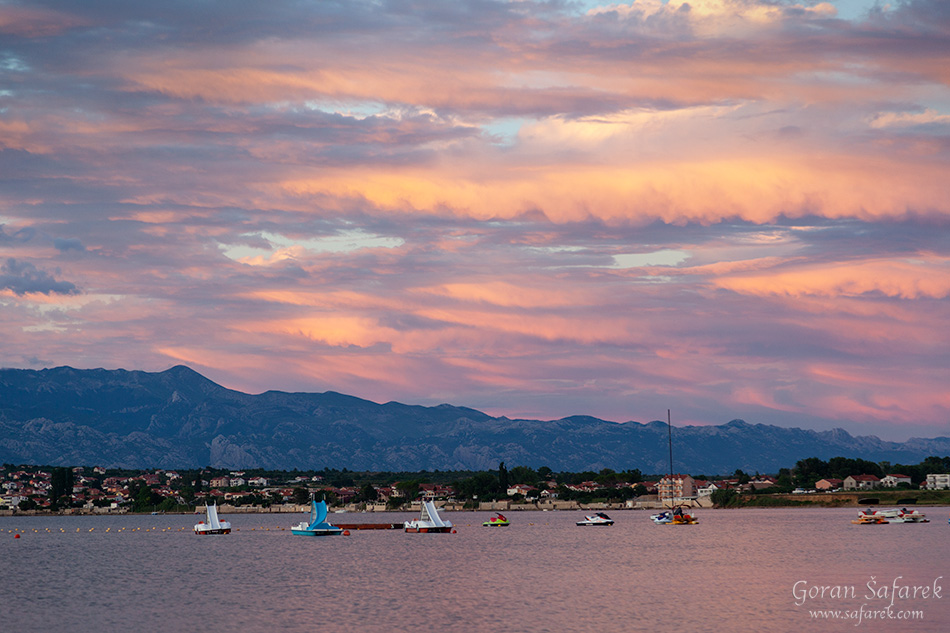
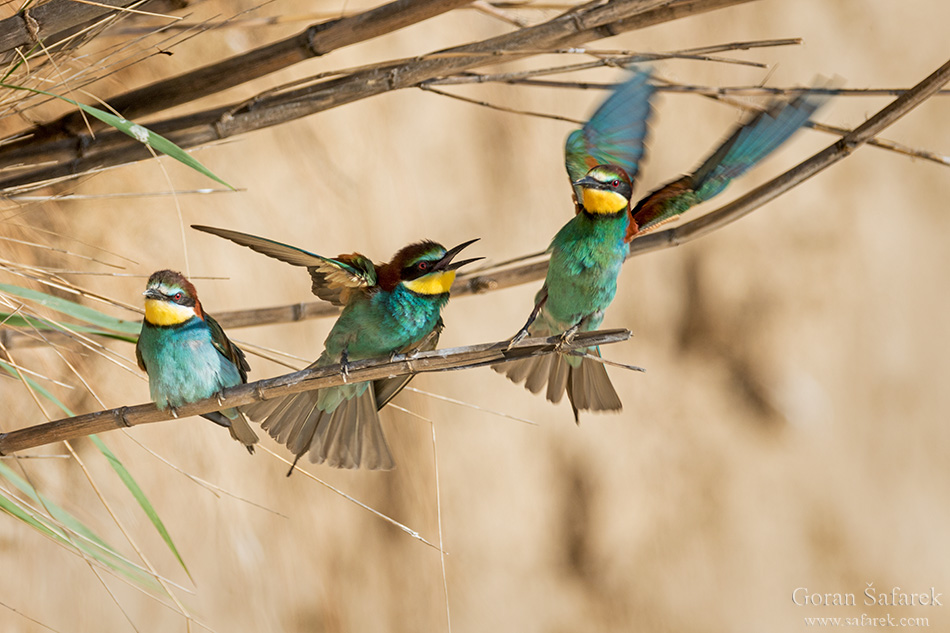
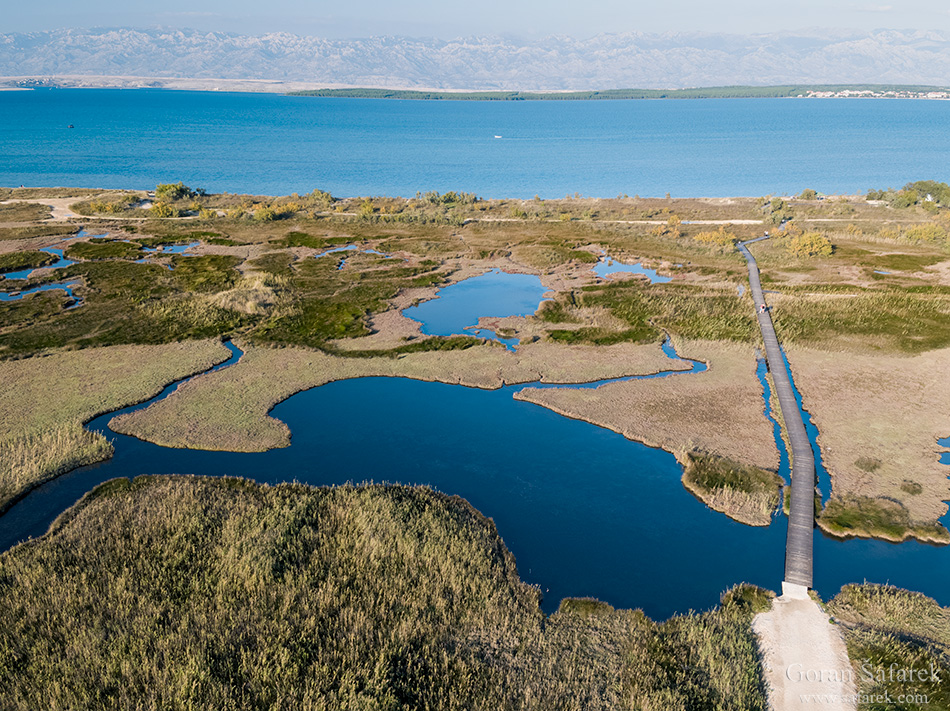
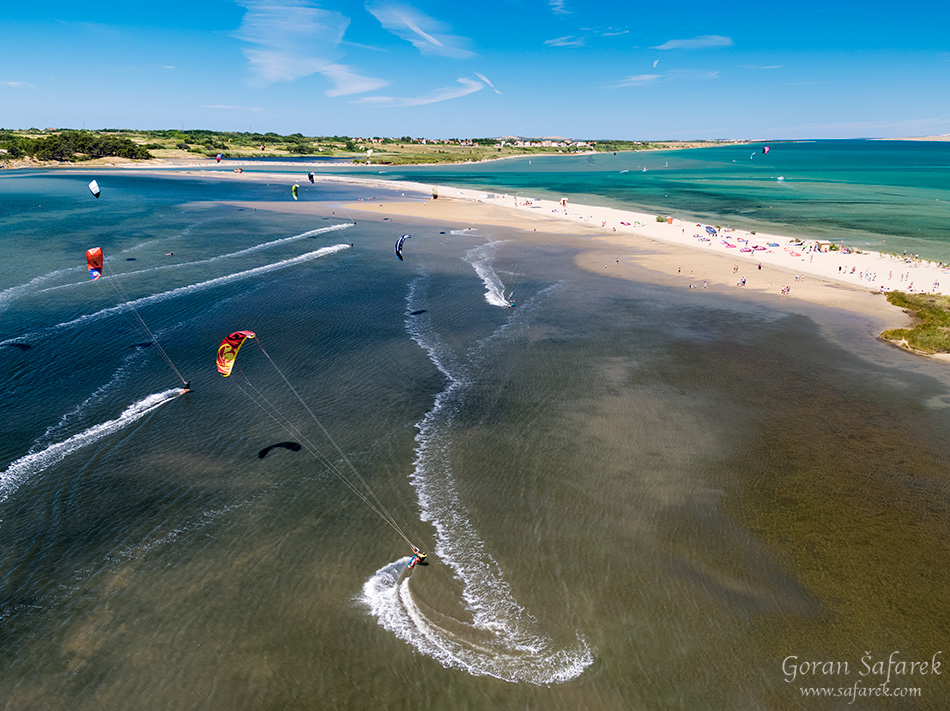
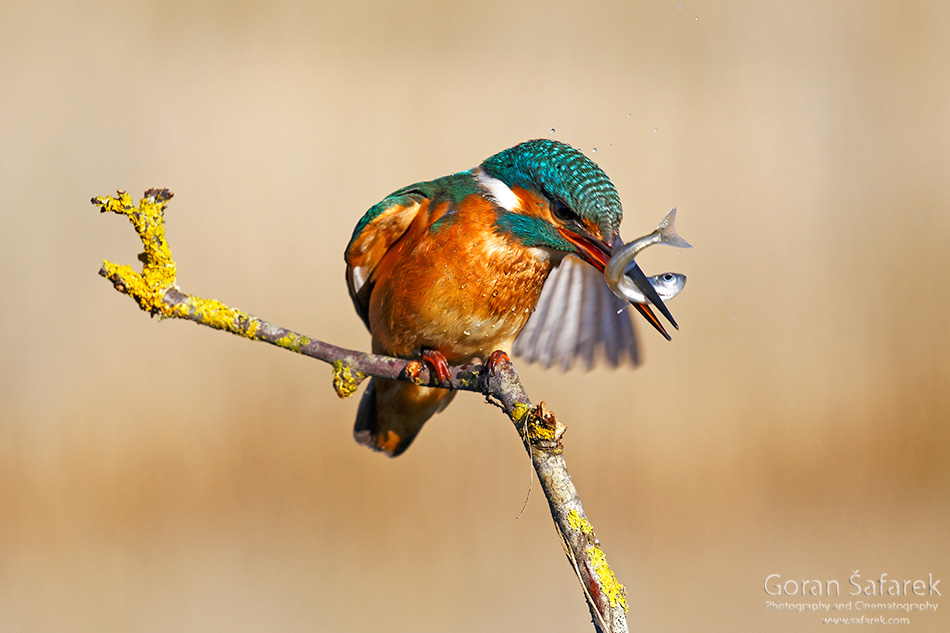
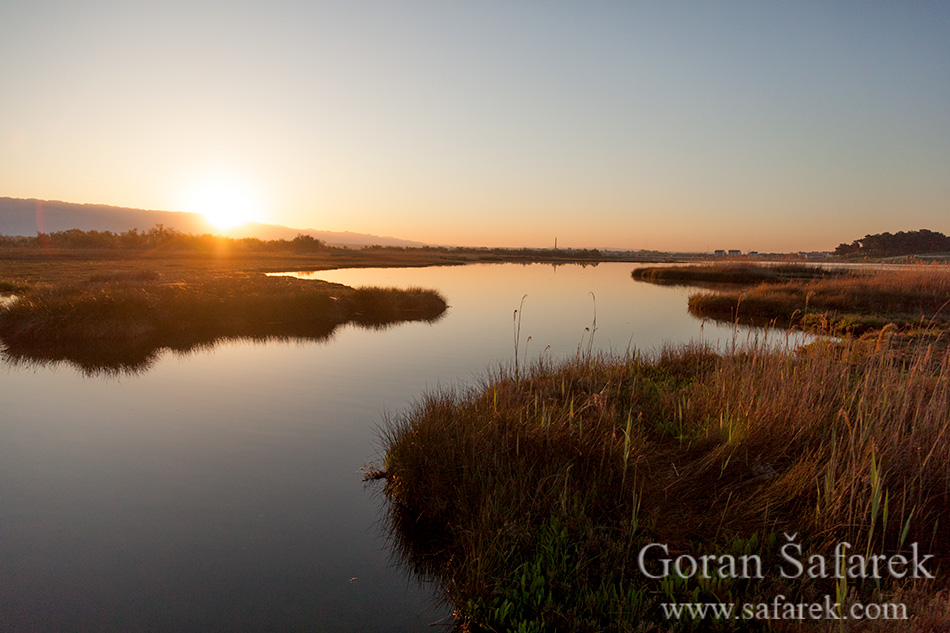
Goran Šafarek, biologist, author of several books and films about Croatia. Don’t forget to follow us on our Instagram, Twitter and Facebook



